How To Cut Concrete [Slab, Block, Paver] With Angle Grinder
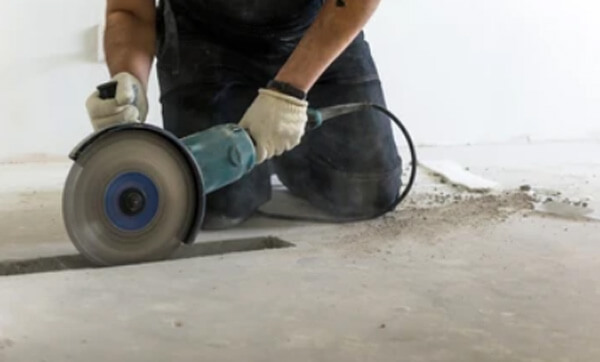
An angle grinder is a power tool that can be used for cutting through different types of materials, including metal and other solid materials such as bricks, aluminum, stone, and concrete.
This type of hand-held power tool does not have a cutting blade but a grinding wheel. Different types of discs can be used with angle grinders for different applications.
Angle grinders come in different sizes. Typically, they are 10-12 inches in diameter. The power tool can be cordless or have a variety of motor powers for more precise work.
In this article, we will discuss how we can cut different types of concrete elements using the angle grinder and what is the basic process of cutting them.
cement grinder start from $400
Contents
Precautions Before Cutting Any Type Of Concrete
Make sure you are set up for success before you begin cutting concrete with an angle grinder. Safety must be your top priority. Wear gloves for hand protection and safety glasses for eye protection.
As well, ensure that your angle grinder has a functioning safety guard around the blade. A face mask will also be necessary if you are dry-cutting concrete in order to minimize exposure to silica concrete dust.
Size Of The Grinding Wheel
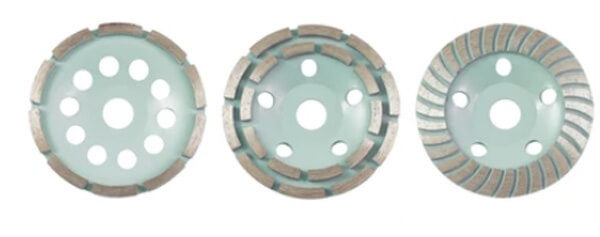
- You can go approximately 1 to 1 12 inches deep with a 4 12 angle grinder
- Using a 9-inch angle grinder, you can cut to a depth of 3 to 3 12 inches
A 4.5-inch angle grinder can certainly cut through concrete up to 1 inch thick, but you might find the job is done more quickly and with greater precision if you use a 9-inch angle grinder.
The size of the angle grinder is not the only thing to consider. An angle grinder’s motor amps determine its cutting speed. It is typical for a 4.5-inch grinder to have a 7 amp motor, whereas a 7 inch or 9-inch grinder will have a 13 amp motor. Due to nearly proportional amps, the tools operate at about the same speed even though one is larger.
Diamond saw blades are the best tool to use when cutting concrete with an angle grinder. An engineered steel core is surrounded by synthetic diamonds around the edge of these blades. Diamond blades are an obvious choice for cutting concrete with an angle grinder, but your options don’t stop there.
For cutting and grinding metals, metal blades are better. Discs made of metal are less effective on concrete because they cut slower. There are silicon-carbide wheels that can cut through concrete and masonry
Cutting Concrete Slab
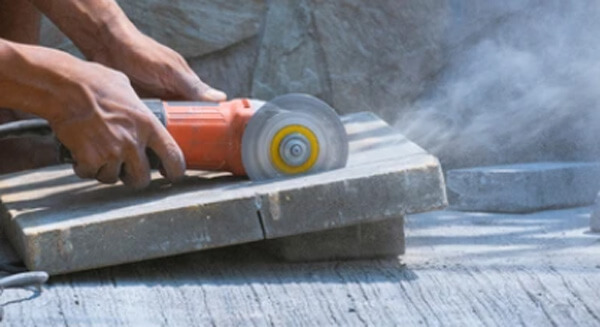
It can be more difficult to cut through concrete that contains rebar than concrete alone. The diamond cutting blade is still the best option when cutting concrete slabs or decks that are reinforced with steel rebars. Make sure to use a new diamond blade since steel will wear down the diamonds faster than concrete will.
It is not a job for amateurs to cut concrete with rebar. Concrete reinforced with rebar is extremely strong by design and requires extra force to cut through. Measure where you are cutting and avoid cutting any conduits or utilities within the concrete.
Cutting Concrete Blocks
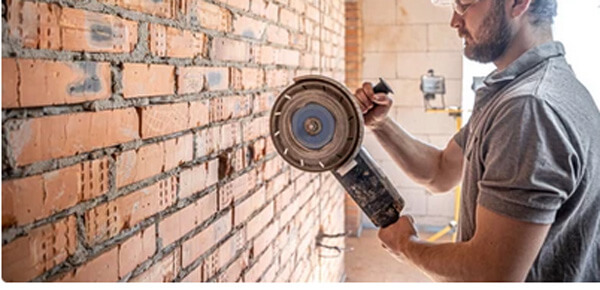
Concrete blocks without rebar are a bit easier to cut, but planning is still required. Concrete blocks should be marked where they are to be cut and clamped down so that you can make an accurate cut without the block moving.
In any of these concrete cutting applications, you can choose to cut dry or wet. Cutting with water allows for more precise cuts and is easier on the blade. Angle grinders are available with wet blade cutting adapter kits.
Dry cutting is often the better option since it doesn’t create the mess that water does, however you will have to deal with the dust that this method produces. Make sure you are wearing the proper ventilation mask so you don’t breathe in silica dust.
You can use dry-cutting diamond blades with or without water, but wet-cutting diamond blades can only be used in wet applications.
Cutting Concrete Pavers
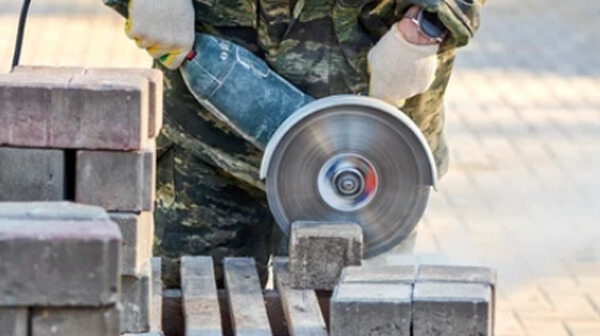
Concrete pavers will require that you make several cuts through the concrete. After making a few inches of a deep cut, you will chisel or sledgehammer out any loose concrete you wish to remove, then continue to cut into the paver until you have reached the end.
The General Cutting Process
Putting on PPE is the first step
Concrete cutting is a messy business that generates a lot of debris, including powdered concrete dust. You must wear the proper protective gear before handling any of this debris, as it can be harmful to you.
Mark the concrete
As soon as you’re properly prepared for the job, grab some chalk or a similar marking utensil and begin mapping out where you intend to cut on the concrete’s surface.
Choosing the right blade
After your concrete has been measured and marked, you will move on to the blade selection process, which has been outlined earlier.
The Cutting Process
Once you’ve selected your blade, you can fire up your angle grinder and begin cutting concrete. You should gently lower the spinning blade onto the concrete’s surface and make an initial divot. After making the cut deeper, you can apply some horizontal force to take the cut forward. While cutting, a steady stream of debris may start to fly your way. During your cut, don’t be afraid to pause to let this subside. Poor visibility, after all, could severely compromise your ability to finish your job safely.
Some Tips And Tricks For Efficient Concrete Cutting
Even some experienced DIYers may find it challenging to cut concrete with an angle grinder for the first time. Consider the following tips to make this process even more efficient in order to lower the learning curve:
Score your concrete before cutting it. Only plunge your angle grinder about half as deep as you want, and work across the length of the desired cut. By doing so, you will create a divot that can be followed to efficiently finish the cut. As a result, less debris is ejected at a time.
A supplementary grip may be useful. The second point of contact is provided by these handle accessories mounted near an angle grinder’s head. While progressively grinding into the concrete slab’s surface with your angle grinder, this can be particularly helpful.
Be careful with hot or dull blades. A dull blade will not be able to make your cuts efficiently and should be replaced. As well, a hot blade is more likely to warp and become damaged, even with normal wear. Cut into concrete surfaces no more often than necessary to avoid that. Having a set of spare blades on hand will allow you to cycle through them while the others cool down.
concrete surface grinder start from $400
Conclusions
You might have thought that cutting concrete with an angle grinder would be too much for that power tool. The process described above, however, will enable you to accomplish that task fairly quickly. By following the tips outlined above, you can complete your concrete cuts without any added hassle or delay.
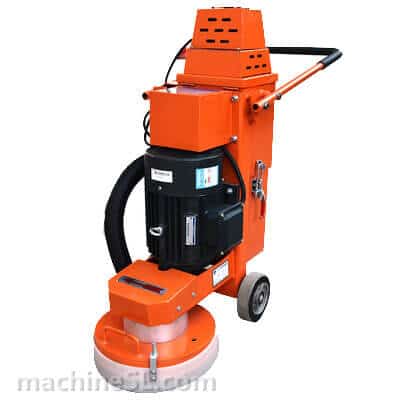
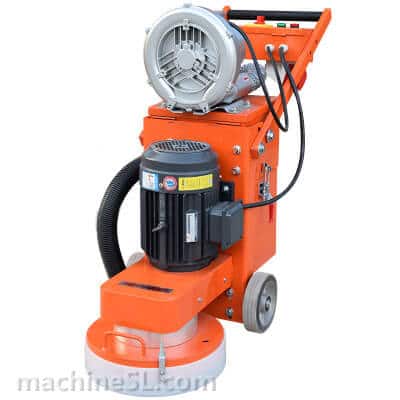
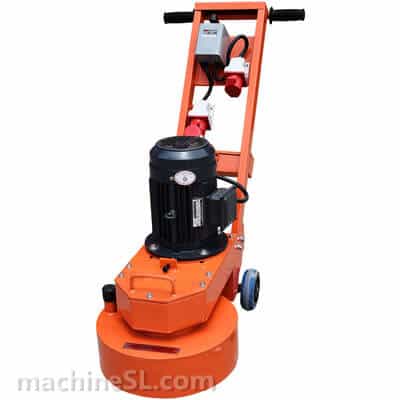
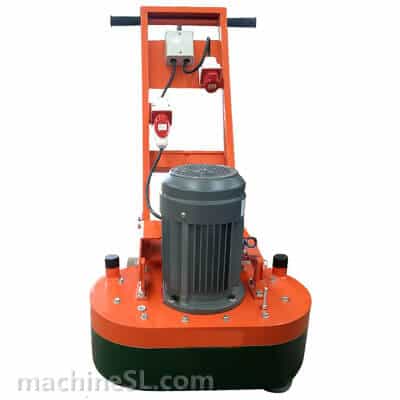
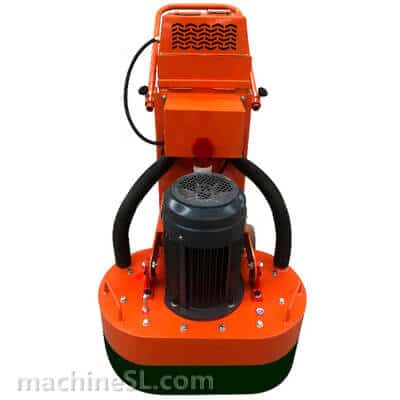
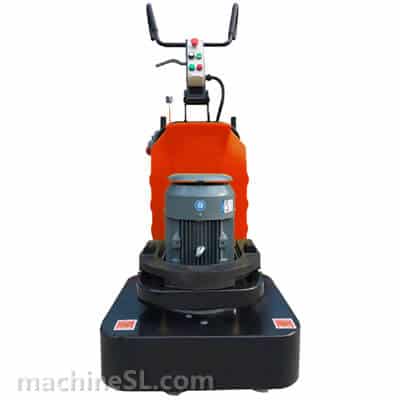
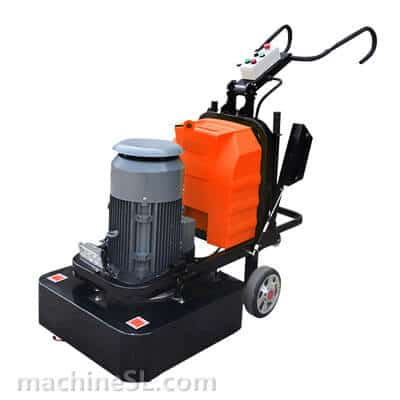
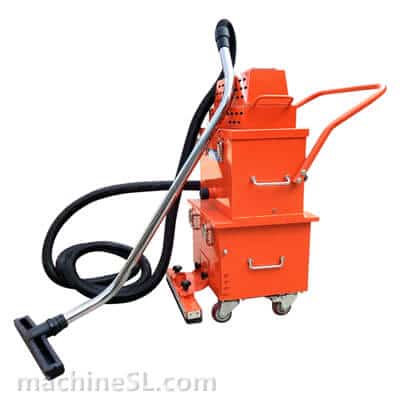
Leave A Comment